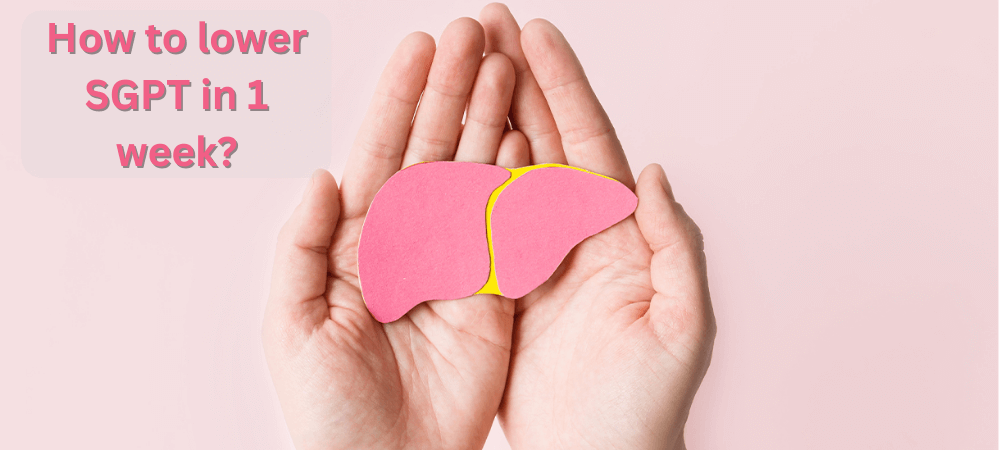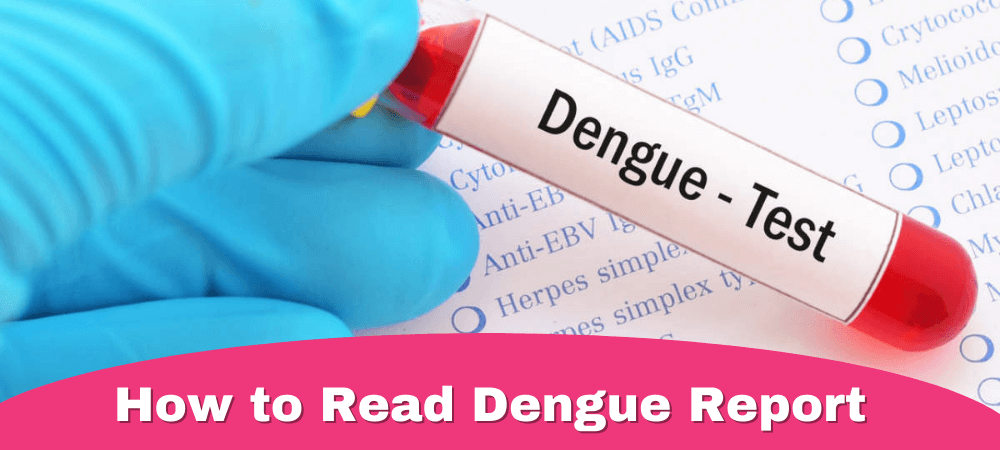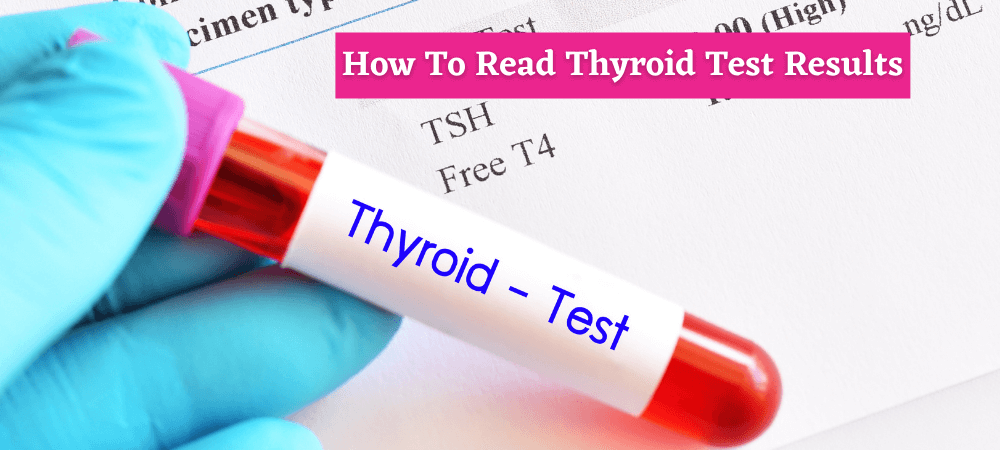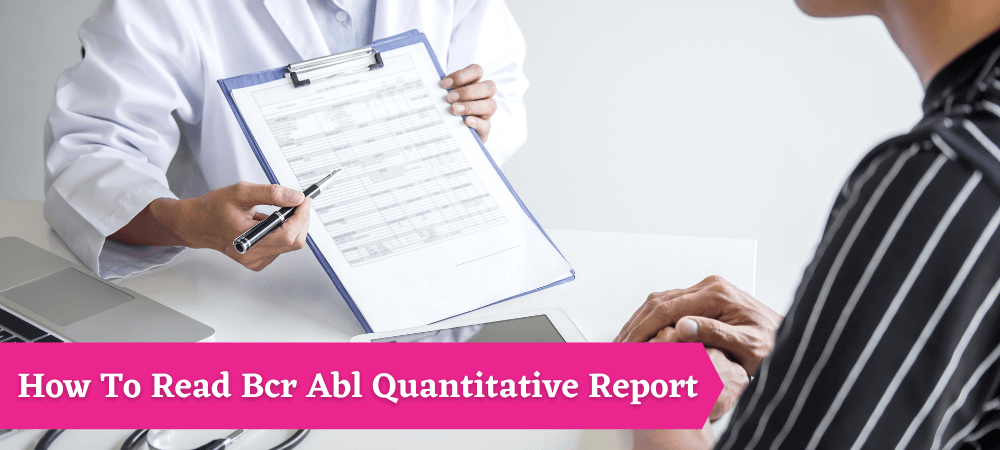The liver is considered the powerhouse of our body. It carries out several important functions that are essential for health, including digestion, metabolism, detoxification, storage, and protein synthesis. The SGPT test is important as it identifies the level of highly degraded alanine transaminase(ALT) enzyme in the bloodstream. An increased number of SGPT levels in the liver cells indicates signs of liver damage or chronic liver diseases like Hepatitis, cirrhosis, etc.
Keep reading this article to understand how to reduce SGPT quickly. As we discussed the GPT enzyme- Glutamic Pyruvic Transaminase is mostly produced by liver cells and it does have a definite production normal range. The abnormal or alarming GPT range found in the blood serum can be reduced by changing dietary habits like avoiding sugary food and increasing the intake of fiber-rich food.
What is the SGPT test?
Serum glutamate pyruvate transaminase (SGPT) is an enzyme in the liver that helps convert food into energy. The increase in these enzymes indicates an injured or irritated liver, and the enzymes leak out of the liver cells.
The SGPT test measures how healthy your liver is. The test indicates the amount of Glutamic Pyruvic Transaminase (GPT) in the bloodstream. It is also known as Alanine transferase (ALT).
SGPT normal range:
The ALT or SGPT normal range between 7 to 56 units per liter in males and the range between 22- 45 units per liter in females is considered the healthy state of your liver. As we know the normal range can be easily affected because of our overblown modern lifestyles and consuming a lot of sugary food items. This can signify medical illness and liver disorder/ damage.
Therefore, get in touch with the experts at Grace Laboratory to identify the presence of Glutamic Pyruvic Transaminase enzymes in the blood serum.
SGPT High Means:
Everyone needs to maintain a healthy diet and blood glucose level. When discussing the normal SGPT range, it is also essential to know what SGPT high means. The concentration of Glutamic Pyruvic Transaminase enzymes above 56 units per liter unit or above 1,oo8 mg/dl is considered high and can lead to a hyperglycemic health state and other chronic health concerns.
What are The Causes of High SGPT levels?
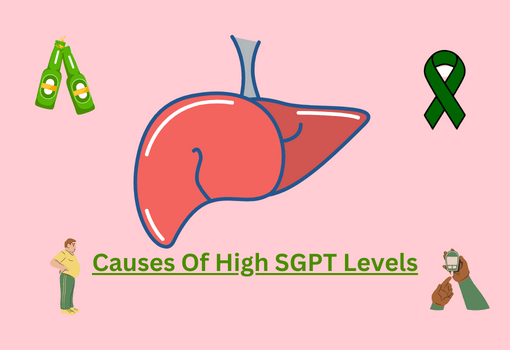
The following conditions or diseases can increase SGPT levels:
- Drinking an excess of alcohol- Drinking alcohol is the root cause of the elevated SGOT/ SGPT level or concentration.
- Diabetes- The liver is an insulin-dependent cascade; however, if your sugar intake/ level is high then it can lead to abnormal GPT enzyme count.
- Obesity- When the liver is overburdened, it can slow down the metabolism of our body causing abnormal weight gain and other medical problems.
- Celiac diseases- You can be at high risk of some more dangerous medical conditions like acute viral hepatitis A and B, Alcoholism, etc if reports do not show a normal SGPT range.
- Liver cancer or tumor- An inflated number of the SGPT and serum bilirubin in the bloodstream can suggest liver cancer and tumor.
- Hepatitis C- The proliferated count of serum glutamic-pyruvic transaminase protein in the blood cells can indicate health conditions like Hepatitis C.
Common symptoms of high SGPT levels
Some of the common symptoms of high SGPT levels include:
- Nausea and vomiting
- Swelling in legs
- Jaundice
- Fatigue
- Shortness of breath
SGPT Level Chart
Please go through the table to understand the SGPT Level Chart below.
SGPT in Liver | Normal Range | High Range | Low Range |
Males | 7- 55 u/l of serum | Anything above 55 units per liter | Below 7 units per liter |
Females | In between 22- 45 uu/l of serum | Anything above 46 units per liter | Below 19 units per liter |
How to control SGPT levels?
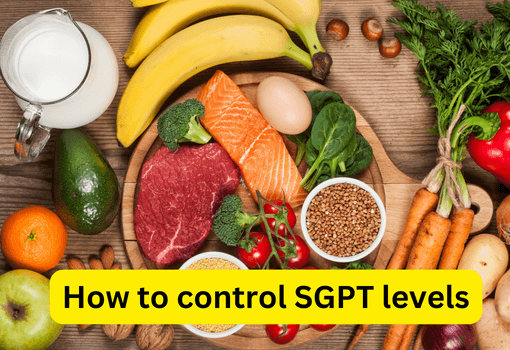
Poor diet or too much alcohol consumption are two major factors that may increase the risk of developing liver diseases. These habits can be more life-threatening if a person has any pre-existing liver condition (like fatty liver).
The following tips can help you control your SGPT levels:
1. Exercise regularly
Doing regular exercise helps burn triglycerides for energy and reduces liver fat. It also can prevent obesity – a major risk factor for liver diseases.
2. Increase Vitamin D consumption
Liver conditions may lower the number of enzymes in the body, which leads to an imbalance in Vitamin D levels. You can maintain Vitamin D levels by consuming Vitamin D-rich foods such as fatty fish, mushrooms, egg yolk, milk and orange juice.
3. Eat a balanced diet
A healthy diet is key to a healthy liver.
- Cruciferous vegetables such as cabbage, broccoli, and cauliflower are excellent sources of glutathione, and they help enzymes to flush out toxic compounds from the body.
- Fruit and berries such as apples, papaya, grapefruit, citrus and avocados are good for the gut.
- Coffee lowers the risk of liver cancer, while green tea is an antioxidant-rich beverage.
- Spices are utilized in every food. Turmeric has an active ingredient called curcumin, helping repair the liver cells and flush out toxins from the body.
- Grain items such as brown rice, barley, and millet are good for the liver as they are high in fiber and have lower sugar storage.

Conclusion
SGPT is a vital enzyme for diagnosing liver injuries and diseases. Elevated SGPT levels could be a sign of damaged liver cells. Therefore, a combination of regular exercise and a balanced diet can help you lower your SGPT levels leading to a healthy liver.
You can connect with our experts at Grace Laboratory to learn more about SGPT levels. Furthermore, you can also get your SGPT levels tested at the laboratory.

